Today, I was back in Veere, a beautiful city in Zeeland that you shouldn't miss when you visit this province someday. I will share some photos, and just a bit of history, to give an impression.
The town's many monuments reflect its rich history. The source of that historic wealth lies in the port, which used to be connected directly to the sea. It was around the year 1470 that Veere really prospered. The first fortifications, the Great Church and City Hall, were all built around this time. Veere became the official depository for Scottish wool in 1541, which caused the town's economy to bloom.
During the 80-year war with Spain, the Dutch strengthened the defenses of Veere and turned the trading port into a war port. War and trade did not mix well, so the merchants disappeared and the economic decline set in. In the eighteenth century, fishermen settled in Veere.
The activity in the port was not much, but the city still had a strategic value. Napoleon completed the fortifications of Veere in the French period with a second defensive belt. The fishermen left when the harbor was closed off from the sea in 1961.
The town then became a tourist attraction. In the high season, the city is populated by water sports enthusiasts and tourists, but during the rest of the year, there is a great silence in the beautiful town of Veere. Walking its narrow streets when the tourists have gone home feels like traveling back in time.
In this photo, you see the Great Church, founded in 1342. It was built as a late-gothic cross-basilica with a tower that was supposed to become 100 meters high. As so often in Zeeland, the church tower symbolizes the lofty ambitions of our ancestors and the disappointment that followed centuries later when these were never met. If you visit this province, you will notice that Veere's plump church tower looks like many others, except for its remarkable round-shaped 'hat.'
After the English and French sieges, the Great Church lost its religious role. It became a military hospital, a workshop for beggars, a storage space, and emergency stables for cattle during the deliberate flooding in the Second World War and the Flood Disaster in 1953. No matter how badly damaged the church was, it continued to provide drinking water to the citizens of Veere until after the Second World War. The large roof and the ancient cistern collected the water.
This is that cistern, a well built in 1551 by order of Maximilian of Burgundy. He had promised the Scottish wool merchants in Veere to provide drinking water and rinse water for their wool. The water comes from the roof of the Great Church and is collected and filtered in the cistern.
Let me end with just some more photos and let you virtually stroll around this lovely town. But first, please subscribe to this newsletter; it just takes half a minute.





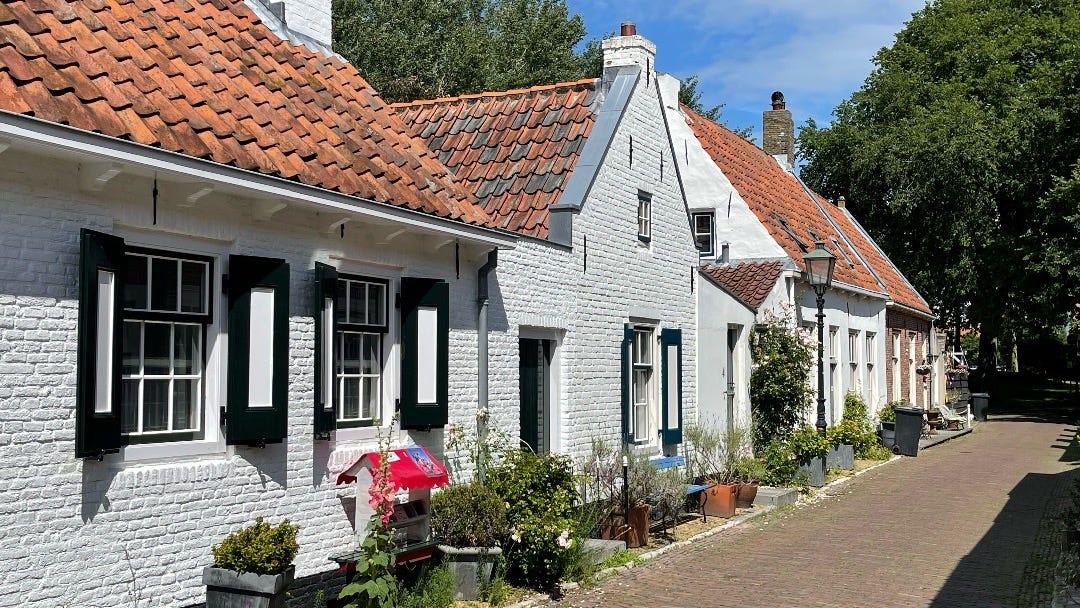
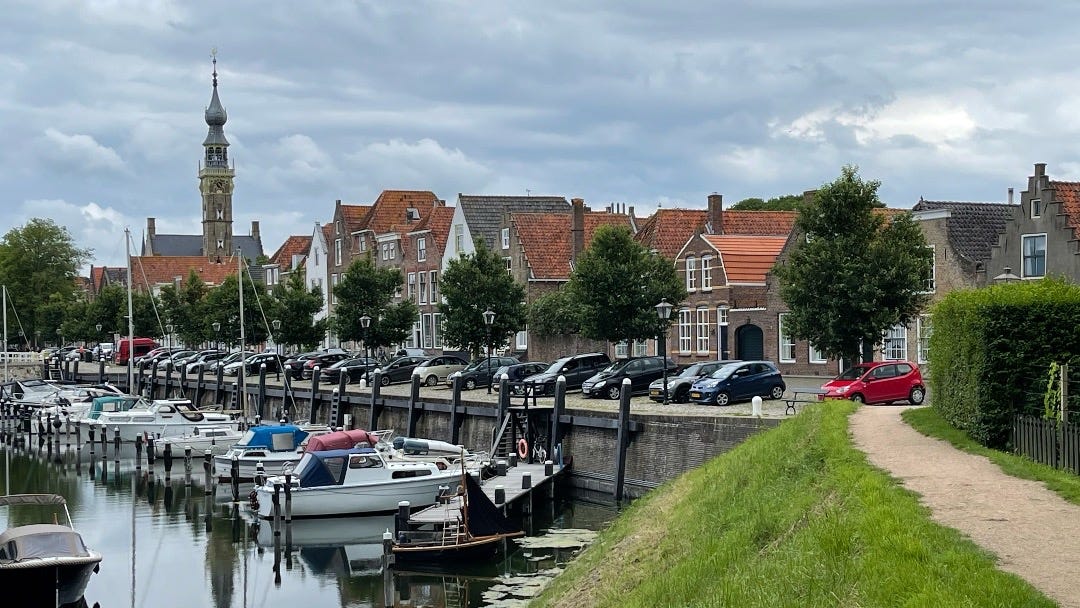
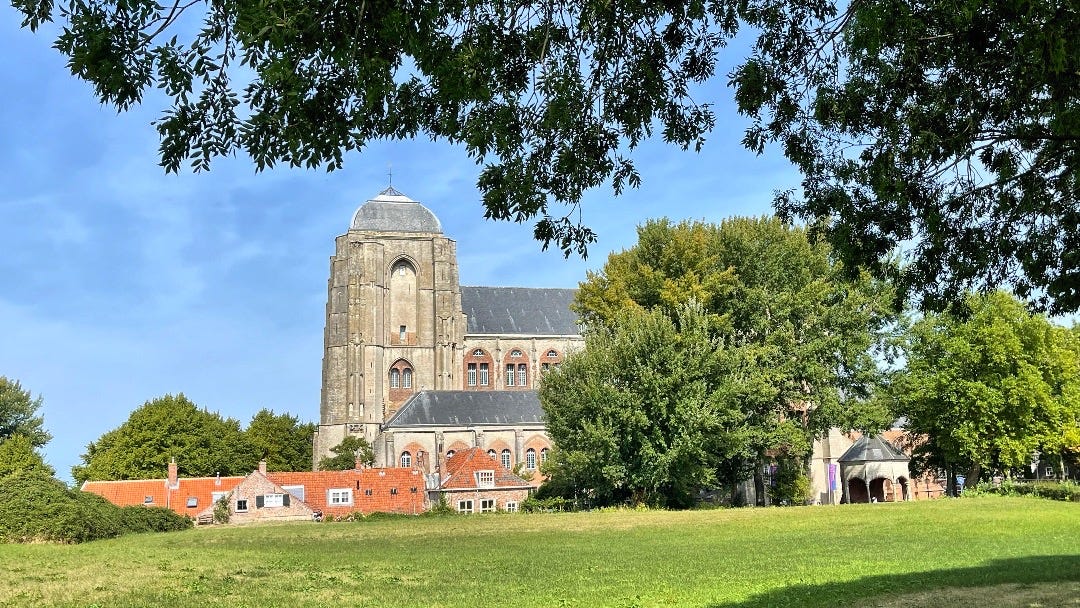

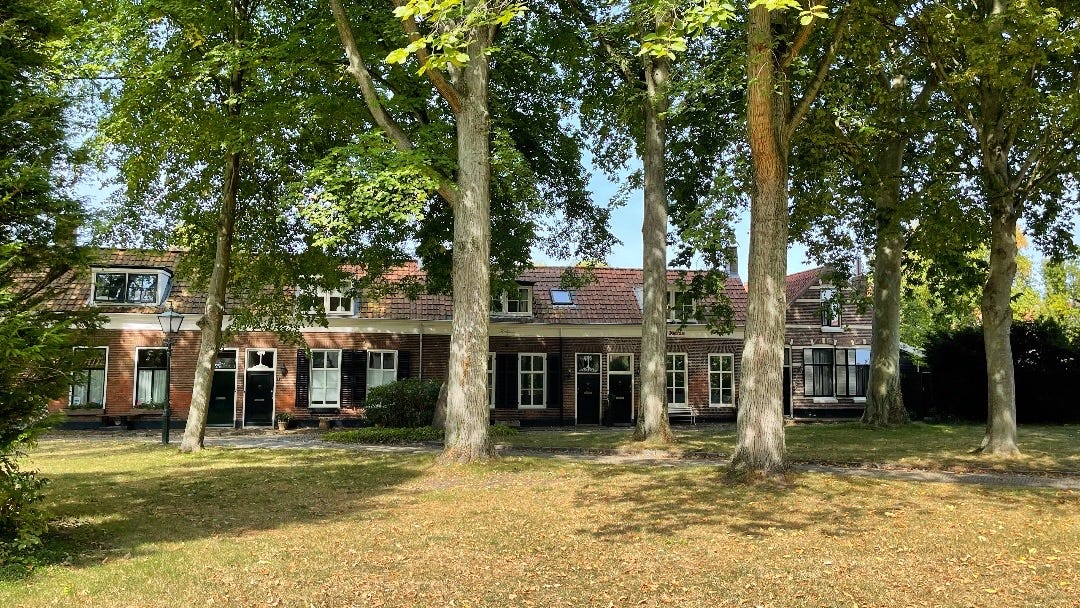
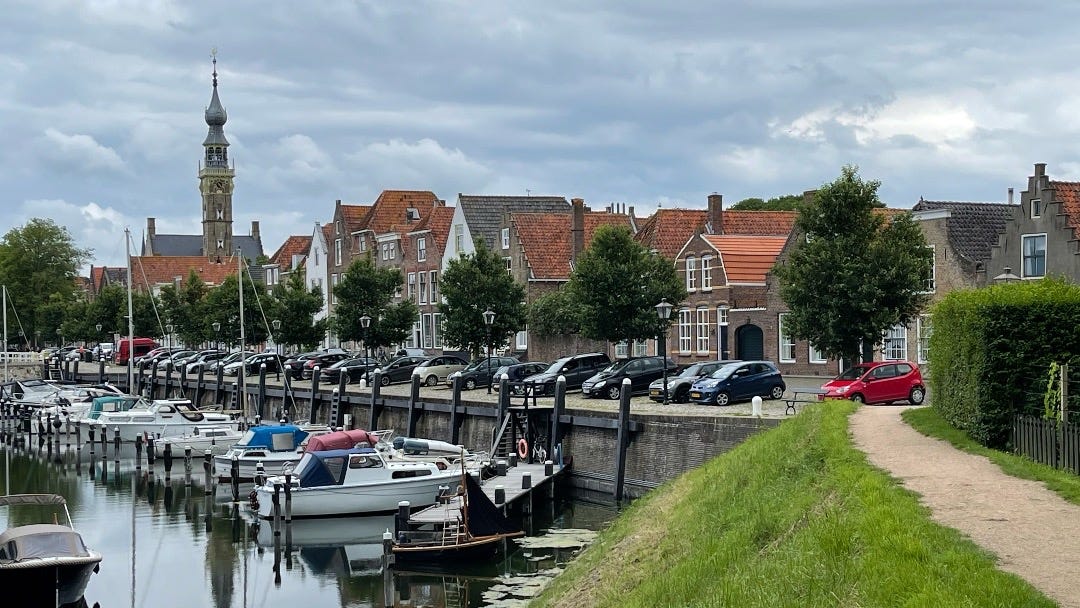

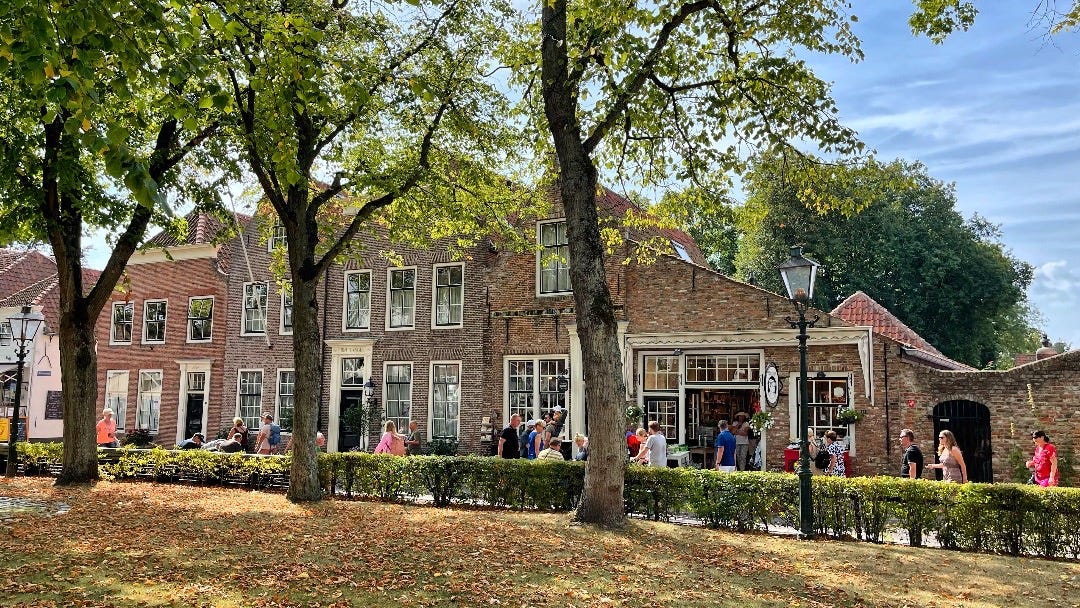
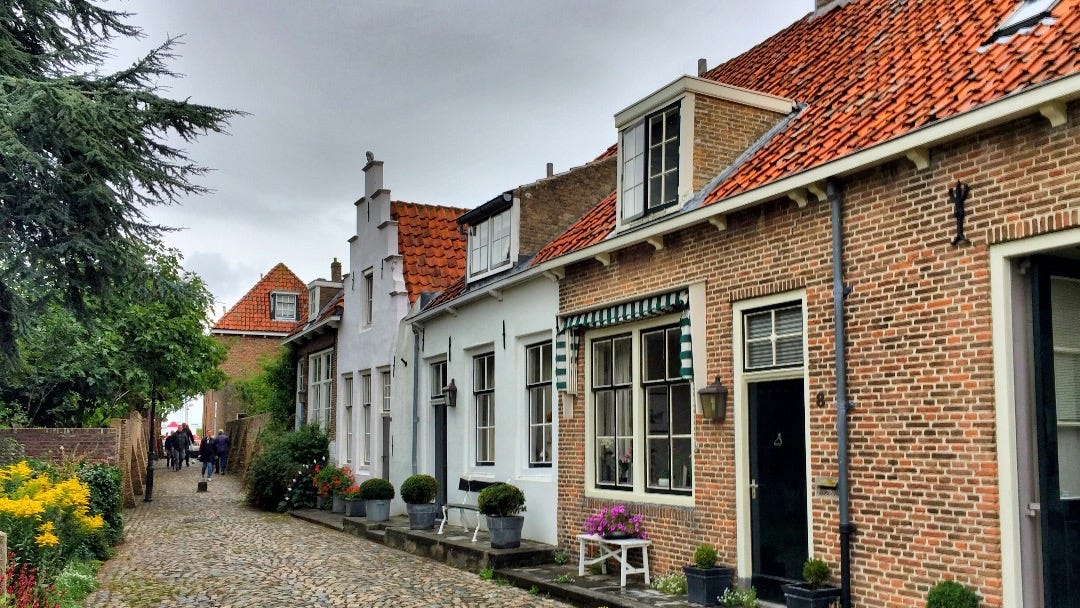
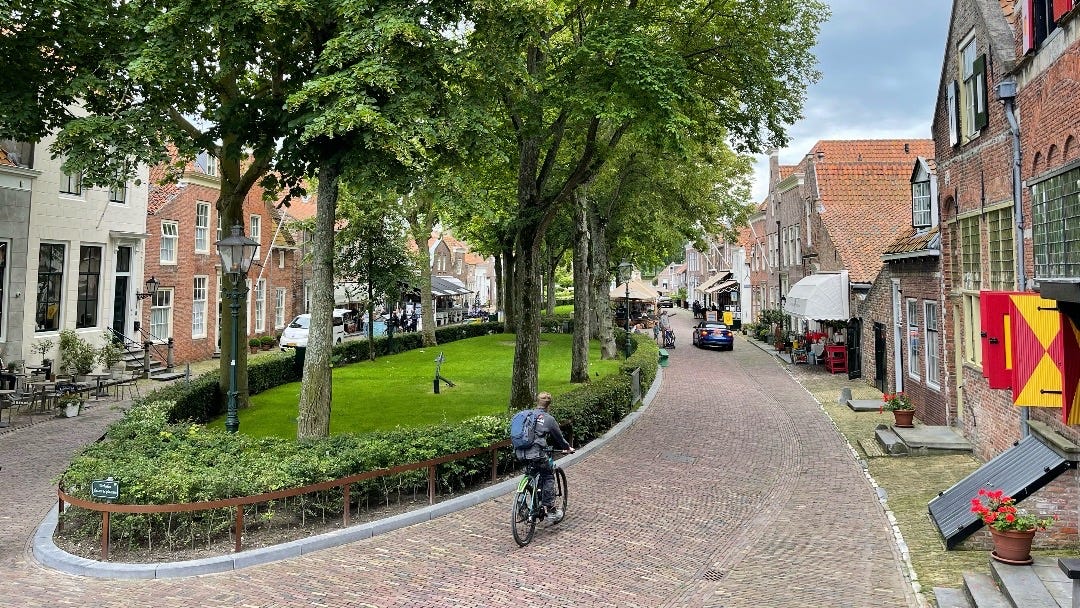

Veere is beautiful with so much history! It’s fascinating to think of the centuries of stories these towns hold.
The buildings are wonderfully unique reflecting the culture and character of the past.
I am always amazed and impressed at how immaculate these towns are! Perfectly clean and well maintained. Never a thing out of place. Like model towns from a book.
How interesting about the church providing water for the town. I’d love hearing the reason for the deliberate flooding during WWII. Maybe a story for another day. Very nice article.
What a beautiful city! Thanks for sharing!